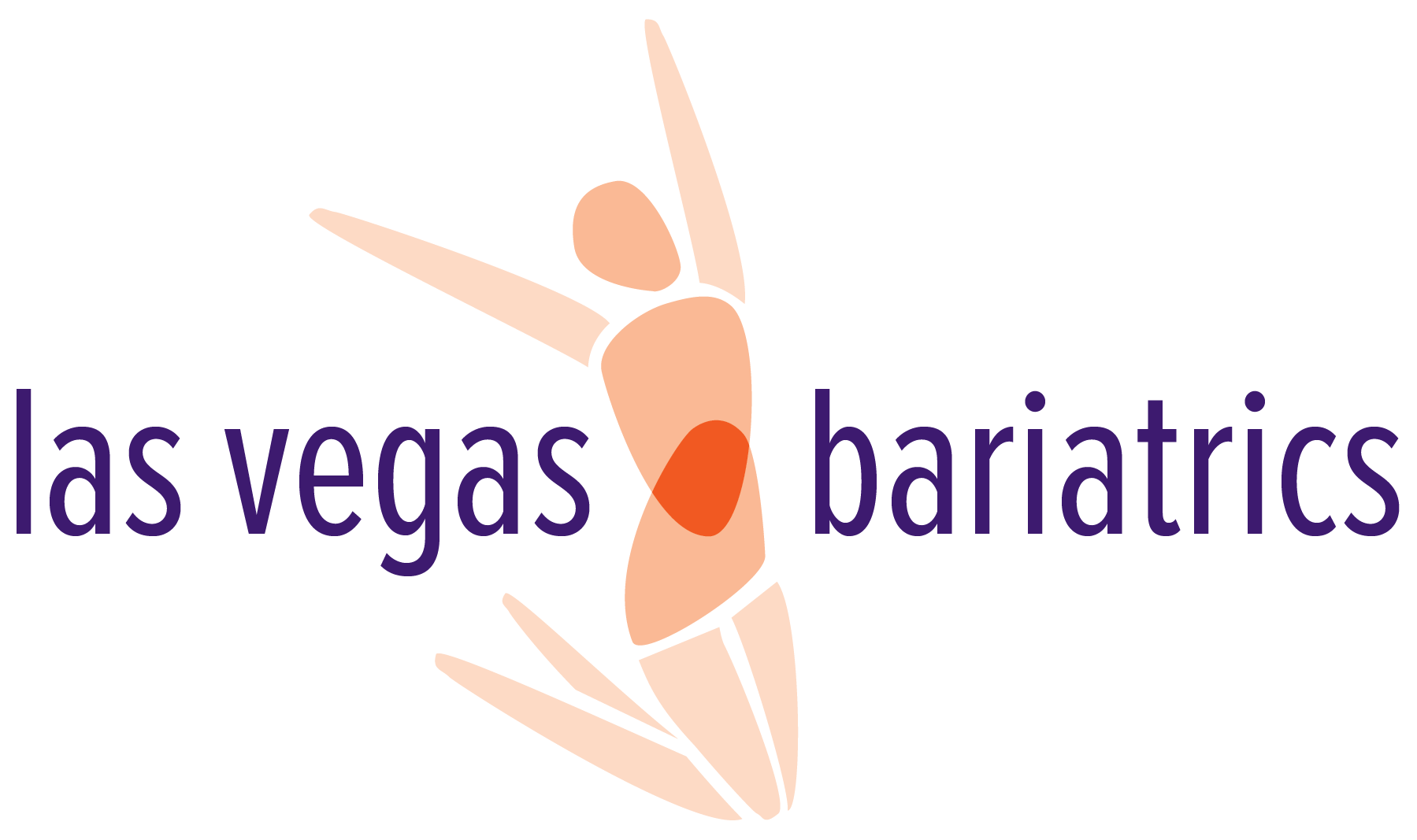
Losing weight after bariatric surgery can sometimes happen fast which can also lead to weight regain. Weight gain and stomach stretching are issues that many bariatric patients worry about after their weight loss surgery. In order to combat weight gain and weight fluctuations, There are 1 of 2 ways to combat the weight regain with the help of a bariatric professional. You can either have a revision surgery or do a pouch reset. Many bariatric patients resort to doing a pouch reset first before deciding on revision surgery.
What is a Bariatric Pouch Reset?
Your stomach is a muscular organ. When empty, your stomach is the size of your fist. However, it can stretch to hold as much as four liters of food or more than seventy-five times its empty volume, before returning to its resting size when empty. It stretches to accommodate large amounts of food and then shrinks back to it’s normal size as the food is pushed into the digestive track.
Even after bariatric surgery, the stomach continues to stretch and then contract. Folds of tissue within your stomach, called rugae, expand and contract in response to food. When you overeat, the rugae in your stomach stretches, and with a constant flow of food it never returns to its normal size. This causes your stomach to accommodate larger and larger amounts of food before you feel that sense of ‘fullness.’
A pouch reset is a tool to get your stomach back to its normal size. This is done by severely reducing your food intake.
Note: While you can do your own pouch reset, it is strongly recommended you do it with the support of a bariatric surgeon and dietitian.
How does a pouch reset work?
The bariatric pouch reset mimics your immediate post-surgery diet. A normal post gastric bypass diet typically has four to five stages and lasts 8 to 10 weeks. The pouch reset uses similar guidelines but lasts only 8 to 10 days. You are severely restricting your food intake so it’s highly suggested that you do this with the help of your bariatric surgeon and/or dietitian.
Day 1
Clear liquids only. Water Broth Jell-O (sugar free) Decaf tea Decaf coffee Sugar free Popsicles Sugar free drinks that are not carbonated.
Day 2 and 3
Full liquids. Protein powder mixed with a sugar free non-carbonated clear liquid. Sugar free pudding. Soup with soft noodles. Non-fat yogurt Carnation instant breakfast. Sugar free option. Very thin creamed soups. No chunks. Sugar free sorbet. Very thin hot oatmeal. Check the sugar content. Diluted no-sugar added juice. Sugar free, nonfat ice cream. Thinned applesauce. Remember the goal is to not eat or drink anything that is going to stretch your stomach. So drink or eat these in very small amounts and limit your intake to very thin/liquid consistency foods.
Day 4 to 6
Pureed foods. Almond milk or coconut milk makes a great protein shake. Hummus Cottage cheese (low fat) Soft cereals – Let your cereal sit in the non-fat milk until it’s soft. Soups – no chunks Scrambled eggs – these are a great source of protein. If you can puree the food, it’s acceptable as long as it’s healthy and easy to digest. It’s best to stay away from meat at this point. Again, you are trying to reduce the size of your stomach so no solid foods at this point.
Day 7 to 9
Soft foods. Soft cereals – Let your cereal sit in the non-fat milk until it’s soft. Soft vegetables – steam or boil them until they are soft. Soft cheeses – limit these, they are typically high in fat. Ground chicken or beef. Add some beef or chicken stock to keep the meat soft. Soups Scrambled eggs – these are a great source of protein. Soft (steamed) fish. Remember to chew well. Canned tuna and salmon (you can add low fat mayo). Great source of protein. Mashed fruit. Bananas, avocados, and canned fruit (watch sugar content).
Day 10 and Beyond
Healthy foods. Introduce these foods slowly and in healthy portions. The size of your fist should be the size of an entire meal. Typically, a post bariatric surgery diet will focus on protein and vegetables but always consult with your surgeon. Drink liquids at least 30 minutes prior to eating and 30 minutes after eating. Eat slowly. Allow at least 30 minutes per meal. Chew well. Fruits are typically OK in moderation. Stay away from sugar and nutrient lacking carbohydrates (pasta). Track what you eat on a daily basis. The Baritastic app allows you to track your food intake and gives you great tips and information specific to weight loss surgery.
Does the Pouch Reset Really Work?
The pouch reset is not easy. You’ll need support and some serious willpower. But it can be done and you can get back on track.
The pouch reset plays into bariatric patients’ fear that they are putting on weight because they’ve ‘stretched’ their stomach. It does not take into consideration that the stomach has the natural capacity to stretch because it’s a muscle. After weight loss surgery, the stomach is restricted due to swelling and scarring. However, when your stomach heals from surgery, it continues to work like a normal un-sleeved stomach, and your capacity to eat more increases.
The size of your pouch has nothing to do with whether or not you regain weight after your gastric sleeve surgery or gastric bypass. The majority of weight gain is caused by what you eat after surgery, the timing of your meals and snacks, and how you are eating.
For instance, if you feel comfortably full for two-three hours after eating the amount of food that fits on a small plate –this includes a nutritious combination of protein, vegetables, and a small amount of grains—your pouch is fine.
The bariatric pouch reset is not a fix all it is simply meant to restrict your caloric intake, which then causes you to lose weight. As soon as you start to eat larger meals, your stomach will respond to the increased volume.
If you would like to schedule an appointment with a bariatric surgeon or dietitian about doing a pouch reset, revision surgery or if you are considering bariatric surgery please visit our contact page.

